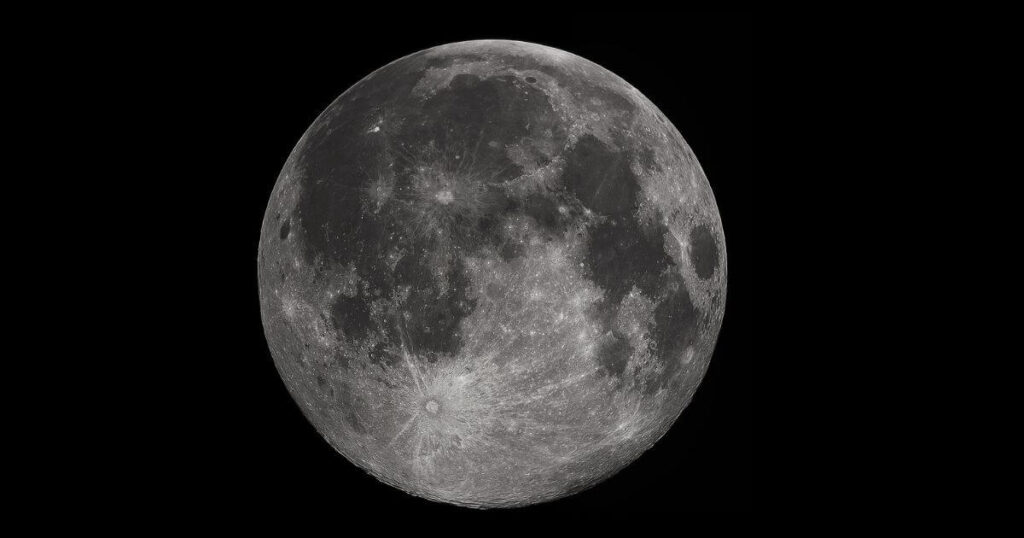
ISRO study reveals- possibility of significant water ice on moon
In a recent study, there are possibilities of finding more water ice in moon’s polar caters. The study is conducted by the scientists of Space Application Centre (SAC)/ISRO, along with the researchers of IIT Kanpur, Jet Propulsion Laboratory, University of Southern California and IIT (ISM) Dhanbad. This study proposes that, there is about 5 to 8 times larger amount of subsurface ice as compared with the surface ice in both the northern and southern poles (Indian Space Research Organisation (ISRO) announced in a post on Tuesday).
This study also finds that, there is twice the amount of water ice in the northern polar as compared to southern polar region (video source: NASA)
This research underlines the importance of drilling on the moon to extract sample or study of that ice for future missions and long-term human presence. Furthermore, this study also finds that, there is twice the amount of water ice in the northern polar as compared to southern polar region.
From where the water ice comes on the moon?
The study reveals hypothesis of the origin of this water ice, that in the lmbrian period, outgassing during volcanism is the primary source of subsurface water ice in lunar poles.
How this study is conducted?
For execution of this study, the team used seven instruments include laser, optical, radar, ultra-violet spectrometer, neutron spectrometer and also the thermal radiometer aboard National Aeronautics and Space Administration or NASA’s Lunar Reconnaissance Orbiter to examine the origin and distribution of water ice on the moon.
Why this study is important?
To obtain exact knowledge of occurrence of distribution and depth of water ice in lunar poles, this investigation is very important for constraining the uncertainties for selection of future landing and sampling sites for missions which are aimed at exploring and describing lunar volatilities.
This outcome also supports a prior study of SAC/ ISRO which indicated the possibility of some of lunar polar craters having water ice present there, utilizing polarimetric radar data from the Chandrayaan-2 Dual-frequency Synthetic Aperture Radar instrument (Putrevu et al., 2023). Along with this, the presented complete understanding of the existence of water ice in the lunar poles, in this research, is crucial for supporting ISRO’s future in-situ volatile investigation plans on the Moon.
Additional facts can be obtained in the published study in the International Society for Photogrammetry and Remote Sensing flagship journal ISPRS-P&RS (Chakraborty et al., 2024).
Also visit –
https://minikosh.com/ranbir-kapoor-alia-bhatt-cheer-for-mumbai-city-fc/
https://minikosh.com/first-in-india-2024-current-affairs-2024-part-3/
For interesting videos/ Shorts Also visit
https://www.youtube.com/@Minikosh


